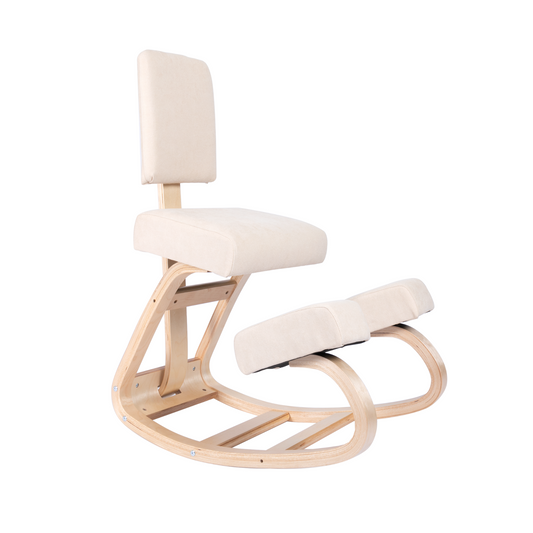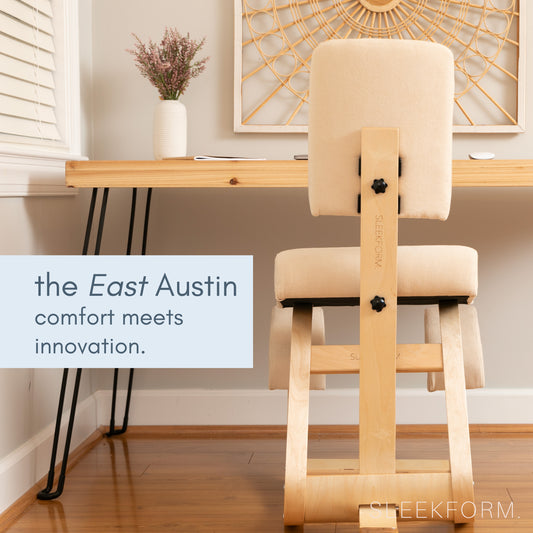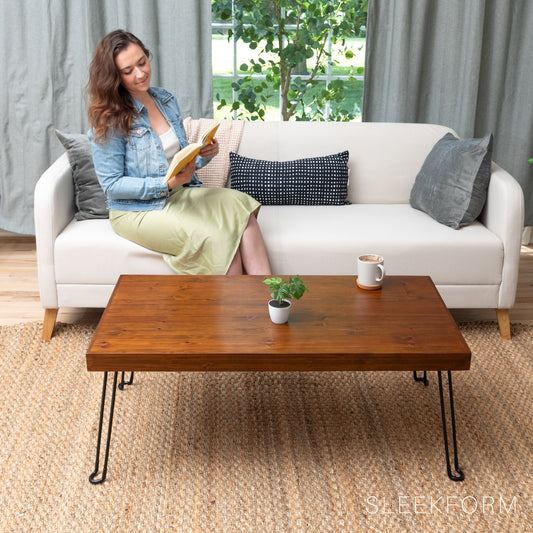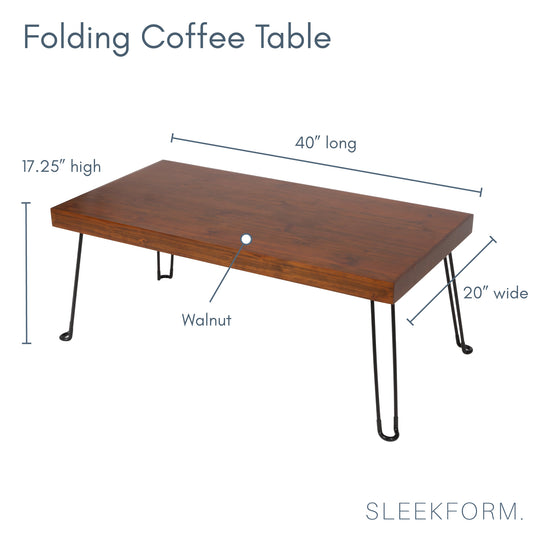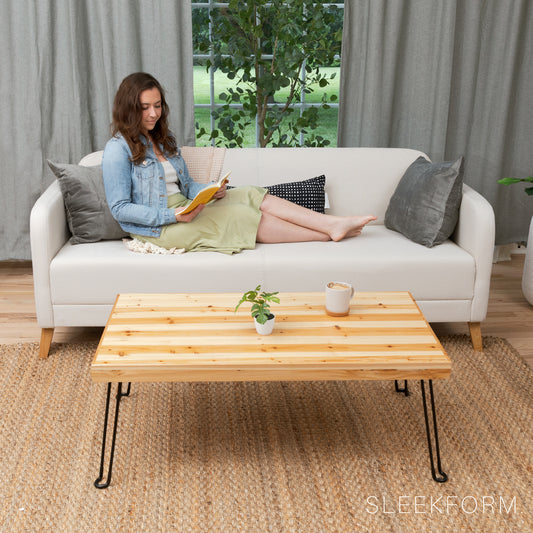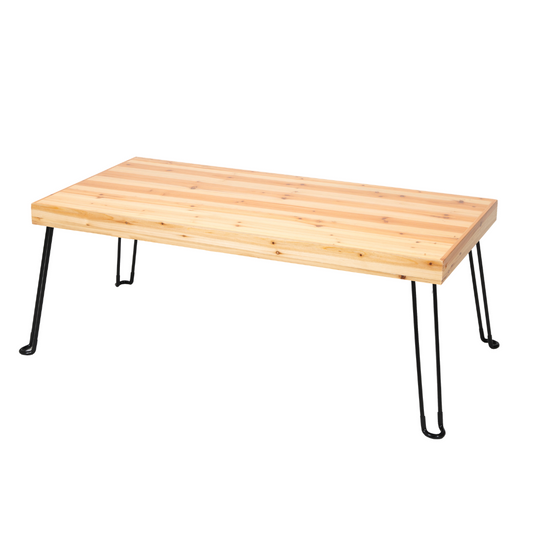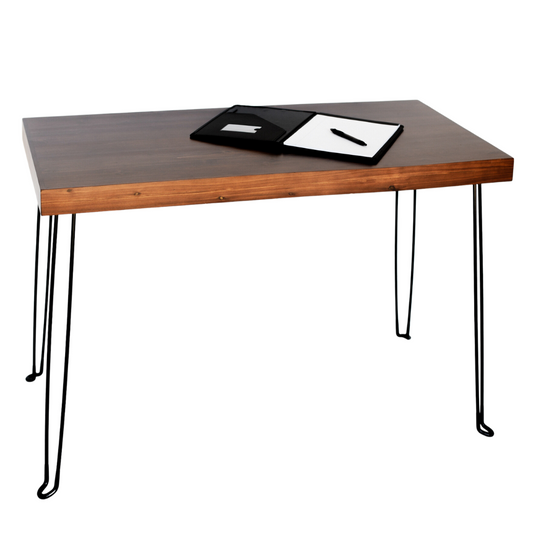Written by J. Booles
Bad posture is a public health issue that leaves America’s workforce vulnerable to a host of health problems. Most talked about in this case are physical ailments, like back and neck pain, breathing difficulties, and constant headaches. Unfortunately, these same issues can adversely impact mental health as well, with a study published in Social Science & Medicine confirming the link between physical and mental health. Put simply, poor physical health can result in mental health issues (e.g., stress and depression) that can, in turn, worsen the underlying physical conditions. It's a vicious cycle, and it can be triggered by taking for granted the importance of proper posture.
Having said that, this is a cycle that you can fix, if not prevent altogether. And you can do that by being proactive when it comes to your well-being. You can start by following the ergonomic tips that we've compiled for you below. Check them out:
1. Always mind your posture
Our Robin Hebb previously discussed proper posture, where the body's different parts are aligned such that each is supported by just the right amount of muscle tension. Not paying attention to it results in postural problem issues, like back, hip, and leg pain. This is why you must maintain good posture all the time, as doing so will help you avoid said issues. Not to mention, maintaining good posture also has a positive impact on your mental health, with Total Wellness Magazine noting how it helps you stay positive. In particular, proper posture makes you feel better about yourself, which then helps increase not only your confidence, but also your persistence and perseverance. With these benefits in mind, look to:
Sit properly
Forbes found out last year that Americans are sitting more than anytime in history, whether working in a desk, watching TV, sitting in a car, or surfing the web. All this sitting can then trigger the same vicious cycle discussed above, which is why you'll need to know the correct way of sitting. A guide to ergonomic chairs by Pain Free Working outlines how the ideal sitting position is to have your shoulders directly above your hips, with your feet rested comfortably on the ground. In this way, you considerably lessen your susceptibility to physical ailments (e.g., neck and back pain) that can lead to undue stress.
Stand properly
Other times, you're likely spending time standing, which can leave you prone to slouching — this can lead to a bad back and aching hips and knees. So, whenever you're standing, make sure to stand straight, with your feet shoulder-width apart to properly distribute your weight. Keep your weight on the balls of your feet, too, and your head level and in line with your shoulders (not pushed forward or backward, or on either side).
2. Take breaks
Whether at the office or at home, you mustn't sit at your desk all day, as doing so will tire your muscles out and make them sore. The solution to this is simple: Take quick breaks every 20–30 minutes. Stand up, then give your body a deep, gentle stretch. These breaks will take you 1–2 minutes only, but they'll keep your muscles loose and pain-free. That's not to mention all the mental health benefits that come with taking breaks, as noted in a study published in the International Journal of Environmental Research and Public Health. Taking breaks is a way to recover from the strains of work, which can accumulate and lead to stress. These breaks also rejuvenate the mind, thus improving mental wellbeing (and even productivity and creativity).
3. Arrange your environment ergonomically
Ergonomics deals with how you interact with your environment, so aim to make that interaction as safe and as comfortable as possible. This often takes only slight adjustments; keep your screen no higher than eye level to avoid craning your neck, pull your keyboard or laptop closer to avoid straining your shoulders, and using an anti-glare screen protector to prevent eye strain. Look to arrange everything you need at arm's length, too, to ensure economy of movement. These changes are minor, but they'll go a long way in keeping you pain-free and safe.
Lastly, do keep checking the Sleek Form blog for the latest on ergonomics and how you can use it best to improve your wellbeing.
Written by J. Booles
For sleekform.com


